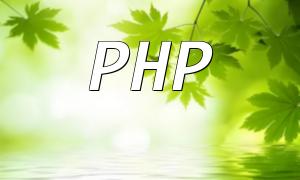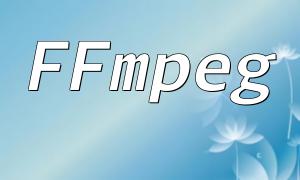Installing PHP extensions on a Linux operating system is a key step in enhancing PHP functionality and performance. This article will guide you through the process of installing PHP extensions in a Linux environment to help developers better manage and optimize their PHP applications.
PHP extensions provide additional functionality and libraries that allow developers to leverage more powerful tools. Common extensions include GD for image processing, cURL for data requests, and PDO for database access. Installing the appropriate extensions can significantly improve both development efficiency and application performance.
The process of installing PHP extensions typically involves the following steps:
Before starting, make sure your PHP version is correctly installed. You can check the current PHP version with the following command:
php -vMany PHP extensions require specific dependencies on Linux systems. You can use the package manager to install these dependencies. For example, on Ubuntu, run the following command:
<span class="fun">sudo apt-get install php-dev</span>
Depending on the extension you want to install, you may also need to install additional libraries, such as:
<span class="fun">sudo apt-get install libcurl4-openssl-dev</span>
There are two main ways to install PHP extensions:
The easiest method is to install the extension using the PECL command. For example, to install the memcached extension, run the following command:
<span class="fun">sudo pecl install memcached</span>
If you need more customization or the extension is not available on PECL, you can choose to compile and install it from source. First, download the source package for the extension, then extract and navigate to the directory. Next, run the following commands:
<span class="fun">phpize</span>
<span class="fun">./configure</span>
<span class="fun">make</span>
<span class="fun">sudo make install</span>
After the extension is installed, it needs to be enabled in the php.ini file. Edit the php.ini file and add the following line:
<span class="fun">extension=memcached.so</span>
Finally, to apply the changes, restart your web server. For example, if you're using Apache, run the following command:
<span class="fun">sudo systemctl restart apache2</span>
You can check the currently installed PHP extensions using the following command:
<span class="fun">php -m</span>
If you need to uninstall an extension, you can use the PECL uninstall command, or manually delete the corresponding .so file and remove the related line from the php.ini file.
With the methods provided in this article, you can successfully install PHP extensions on Linux. Choose the appropriate extensions based on your project needs, which can significantly improve the performance of your PHP applications. If you encounter issues during installation, consulting related documentation or seeking help from the developer community is also a good solution.









